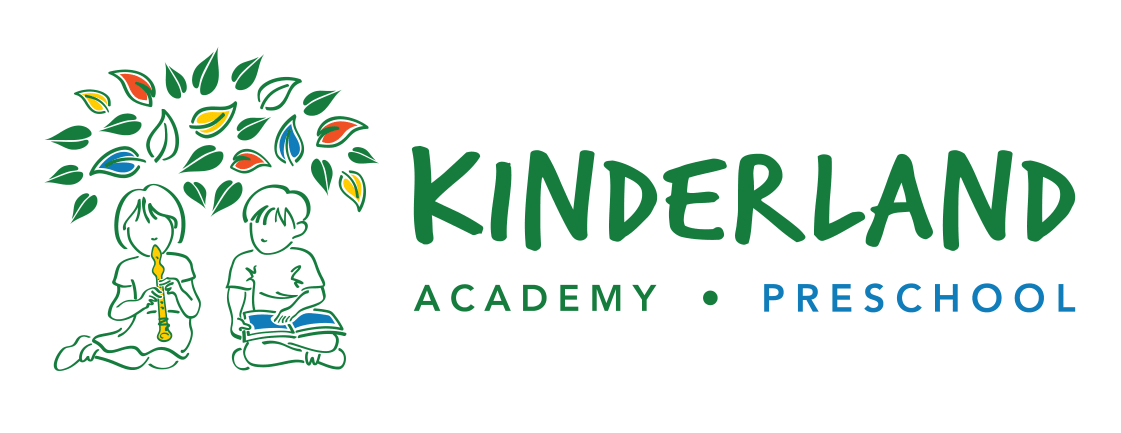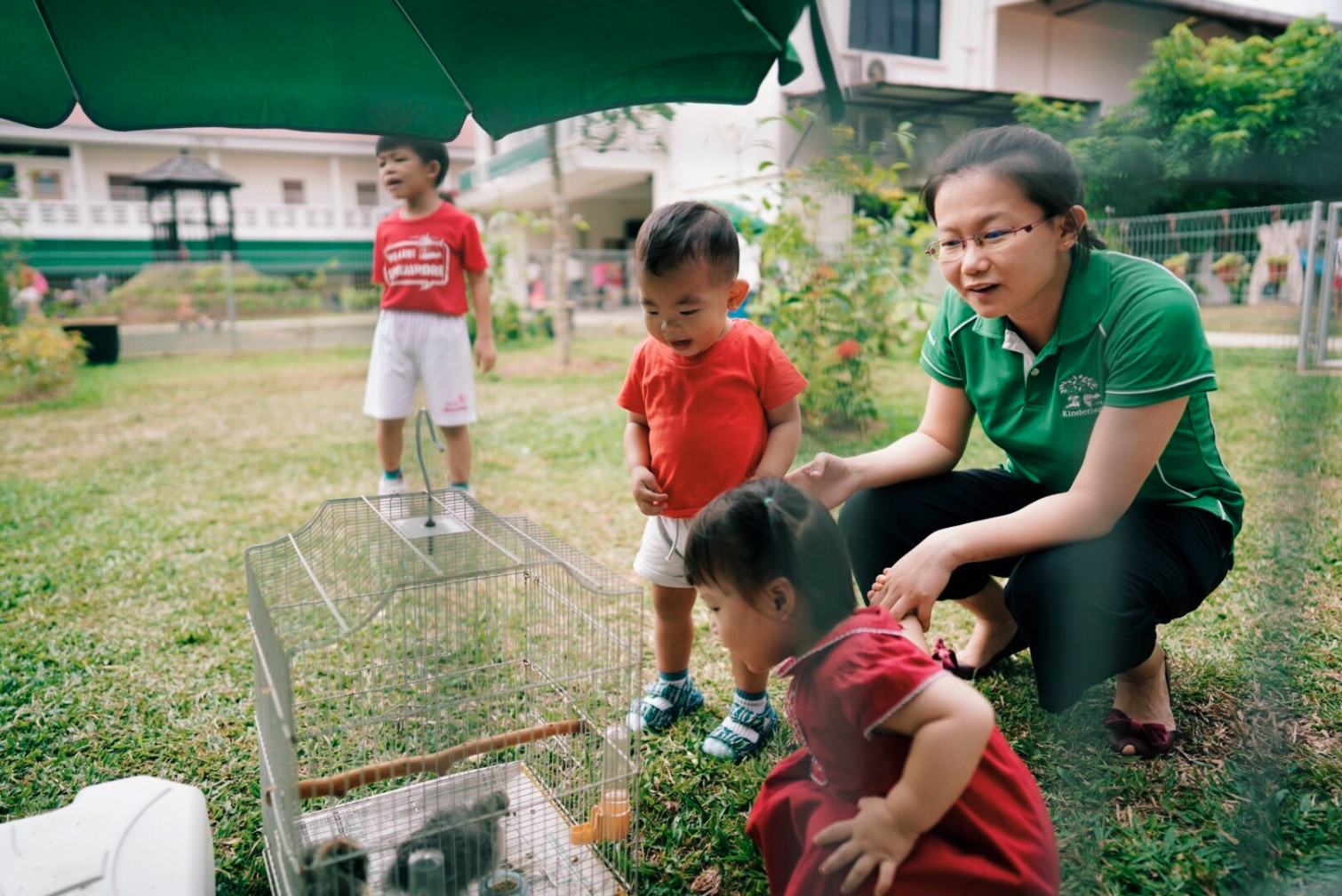
This feature appeared on Preschool Market on 20 April 2021.
—————-
How can you be creative while also being environmentally conscious?
In this series of #PSMExplores, we speak with educators that bring the concept of creativity and environmental consciousness together impeccably and gather some tips which you can use to start your own sustainability journey.
We sat down with Miss Susan Tan, Senior Principal of Kinderland Academy @ Yio Chu Kang (KL) to learn how the preschool brings the parents’ community together to promote environmental consciousness and integrate upcycling and recycling into their curriculum, projects, and the school environment.
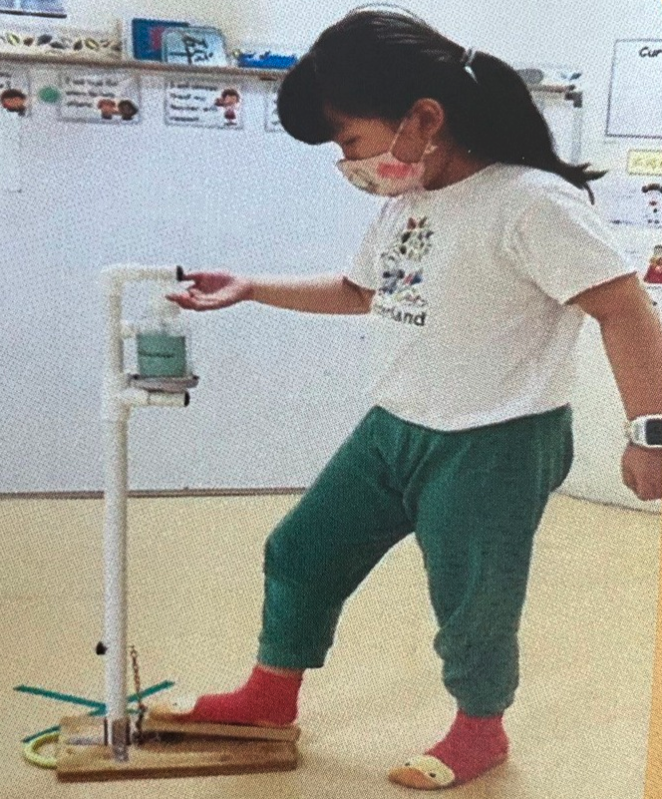
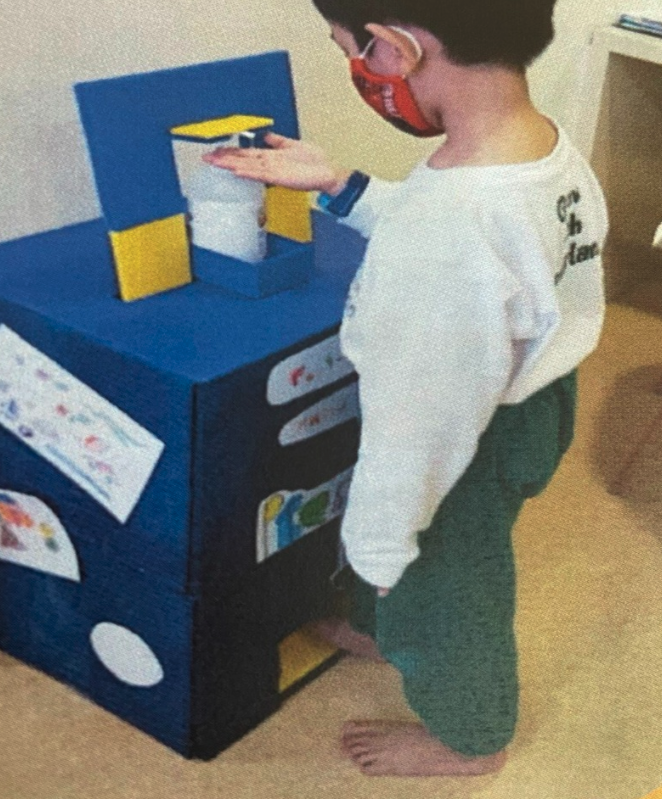
CREATE using Recyclables.
QN: Tell us some of the upcycling or recycling projects (be it for work or leisure; projects or learning materials in school) that you have done. Where do you get your inspirations from?
KL: There are three projects that we would like to highlight. Firstly, it is our S.T.R.E.A.M project which takes place every second term of the year. Inspired by the STEM approach in the USA, Kinderland’s S.T.R.E.A.M. is a project-based programme which includes additional elements of Reading & wRiting and Arts. In 2020, the S.T.R.E.A.M project revolved around the theme of being Covid-safe, allowing children to understand the importance of taking preventive measures to keep them safe and healthy in school. Our children embarked on projects to build functional tools that can aid in keeping them Covid-safe. Children went through the entire process of discussing and brainstorming, research and planning, drawing project designs, material selection, creating prototypes before assembling and constructing the actual project. One of the tools that children built using recyclables were the foot-operated hand sanitiser dispensers.
Secondly, we have a Nature Learning Journey within the school compound. Through this activity, children learn about aspects of our environment and how to treat animals with respect and how to care for them. Our school brings classrooms close to nature, integrating adventurous exploration alongside academic learning. You can find the Animal Sanctuary, Butterfly Sanctuary and garden mulching in our Yio Chu Kang campus. Having an Animal Sanctuary is beneficial to the children’s learning as it exposes them to relatable learning with nature, like our recent egg-hatching activity. The children became very good at counting down to the days to track the embryonic development of the chicks. The egg candling process also enhances our children’s observation skills, responsibility, knowledge and patience as they track the embryo development every few days. During this period, teachers also lead children in discussing how our feathered friends are a food source for mankind and we should be conscious of our food consumption to reduce food wastage. Our pets also provide our children the golden learning opportunity on empathy, nurturing their love and compassion for all living things around them.
Thirdly, in order to promote environmental consciousness and cultivate the habit of repurposing items that are in good condition, we also reach out to our parents’ community to ask for donations of preloved clothings, books and toys and redirect these resources to those who need them.

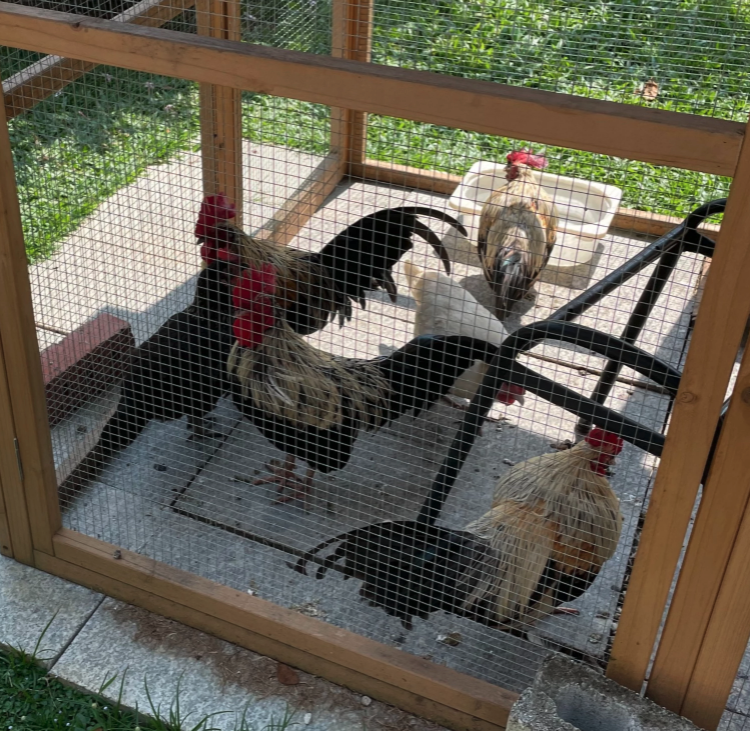
Getting into Upcycling
QN: How did you or your school get into upcycling?
KL: We believe it is important to teach our children the social impact of upcycling and recycling and also have a heart for the society. It is also in our vision “to develop the foundation and mindset of global citizens with a heart in every child”. We want these children to be compassionate, have a passion for society, take care of their community and love their family, friends and people around them.
Recycling is at the core of Kinderland’s curriculum. For instance, in our term 4 curriculum, our teachers have discussions with our children on the topic of saving the Earth and explain to them that whatever we do, it will always have an impact on Mother Earth. And from day 1 of the school’s orientation, it is also important that we communicate our beliefs to the parents, and work with them on reducing waste.
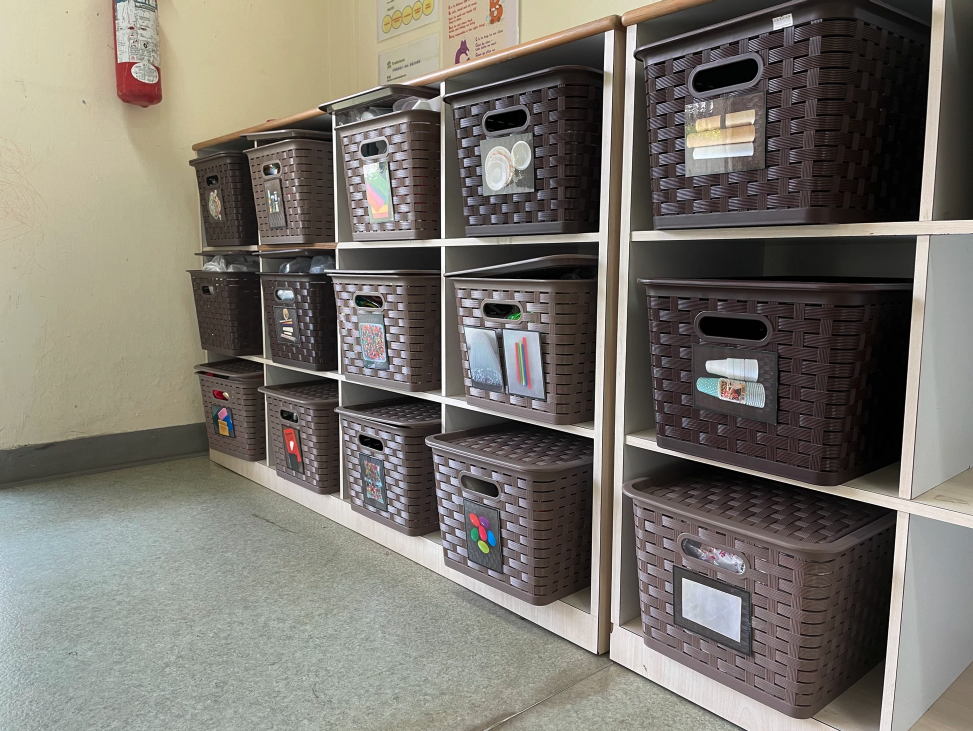
QN: How do you go about gathering some of your recyclable materials? Are there any difficulties faced when trying to secure recyclable materials?
KL: It depends on what we are looking for. If we are looking for bigger and less readily available materials like tyres, we know we can go to Preschool Market’s Kindred Studio. We collect and store smaller recyclable materials in our Artelier. For instance, children in our school often drink cultured milk drinks. After their consumption, we will wash and keep the bottles to be upcycled. We also tap on our parents’ community to have them bring recyclables to the school. Recently, after Chinese New Year, we also called for used red packet donations. The teachers then unleash their creativity and turn them into lanterns and other festive decorations.
QN: What are some materials that you are constantly on the lookout for? Is there a GO-TO recyclable material that you see yourself using over and over again? (a very open-ended recyclable material that encourage creative use)
KL: Toilet rolls, cardboard, papers, twigs, yarns and leaves. For natural materials, we would always remind the children not to pluck them and that they can only pick up the fallen leaves and twigs.
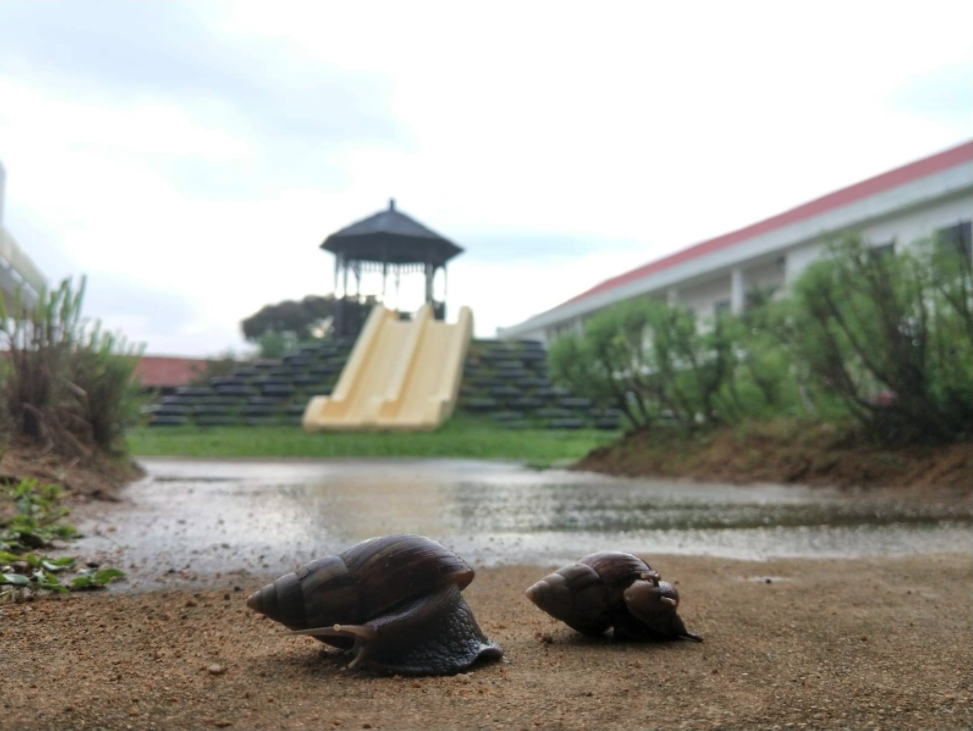
Views on Environmental Sustainability
QN: Do you have any tips for people or schools who are starting their sustainability journey?
KL: You just need one small little step to start. Start small and thereafter increase the frequency of getting contributions from parents. Also, tap on the children’s ideas. Be positive that the parents will support and be in sync with you. Take the first step to educate the teachers and parents on the positive effects this waste reduction movement will make. They will come to embrace recycling and upcycling with their children and the school. For example, we have a success story with our school uniforms. We called for old school uniforms, mainly from parents of K2 children who have graduated the year before. We let them know that rather than throwing them away, they can donate them back to the school. It will be kept as extra sets to change the children should they soil their clothes and also for parents who don’t mind taking these hand-me-down uniforms that are still in good condition. Little did we expect the initiative took a positive leap and the parents to be so happy and thank us for doing such a good cause. So whenever parents want to buy new school uniforms, they will automatically check and see if they can pass us the old uniforms. It is from those moments that we know that the parents are sharing our beliefs. To succeed, there has to be a culture and that is something you need to build over time. Other resources like books and toys, which children outgrow quickly, can be great for sharing as well.
How to get started?
Want to get started with your own sustainability journey, but unsure how?
Join our Kindred Community where we share with you ideas and resources to help you kickstart your journey. If you would like to secure some basic materials to start your loose parts collection, you may contact us to enquire. All preschools are entitled to basic Kindred Studio SG membership which allows you to get BASIC materials. Come join our Kindred Community!
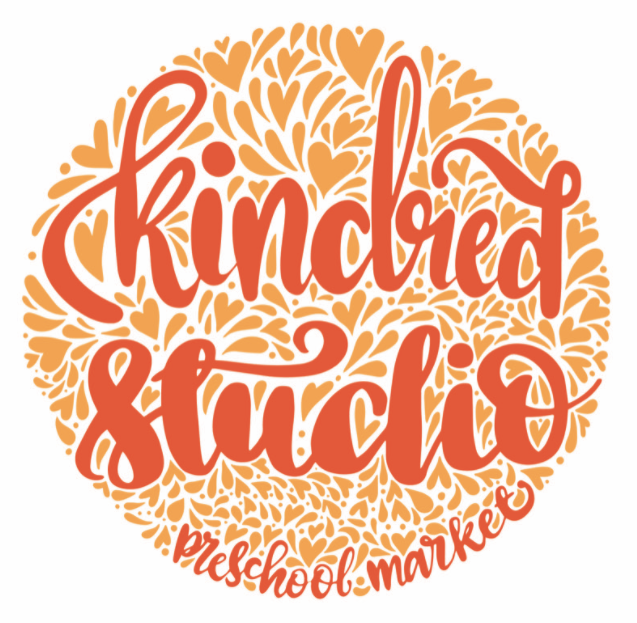
Follow us on social media!
Facebook: @kindredstudioSG
Instagram: @kindredstudioSG
Website: kindredstudio.site
